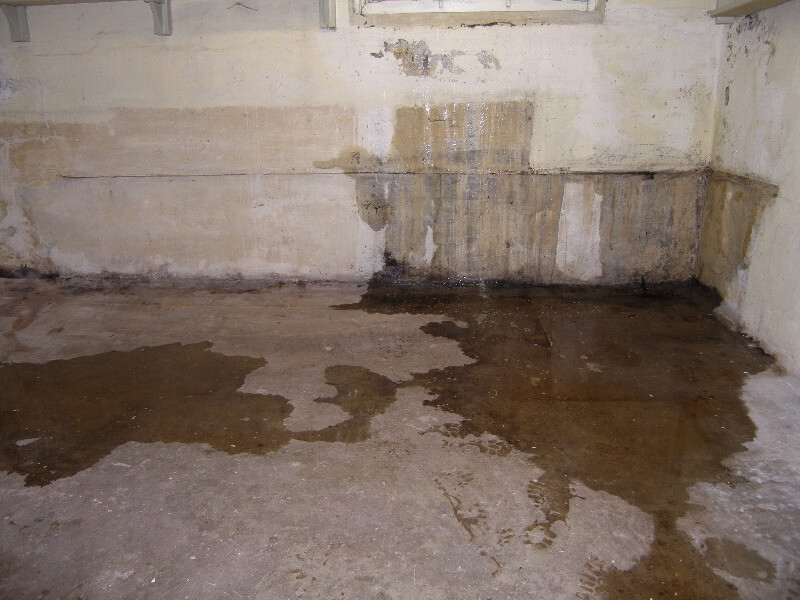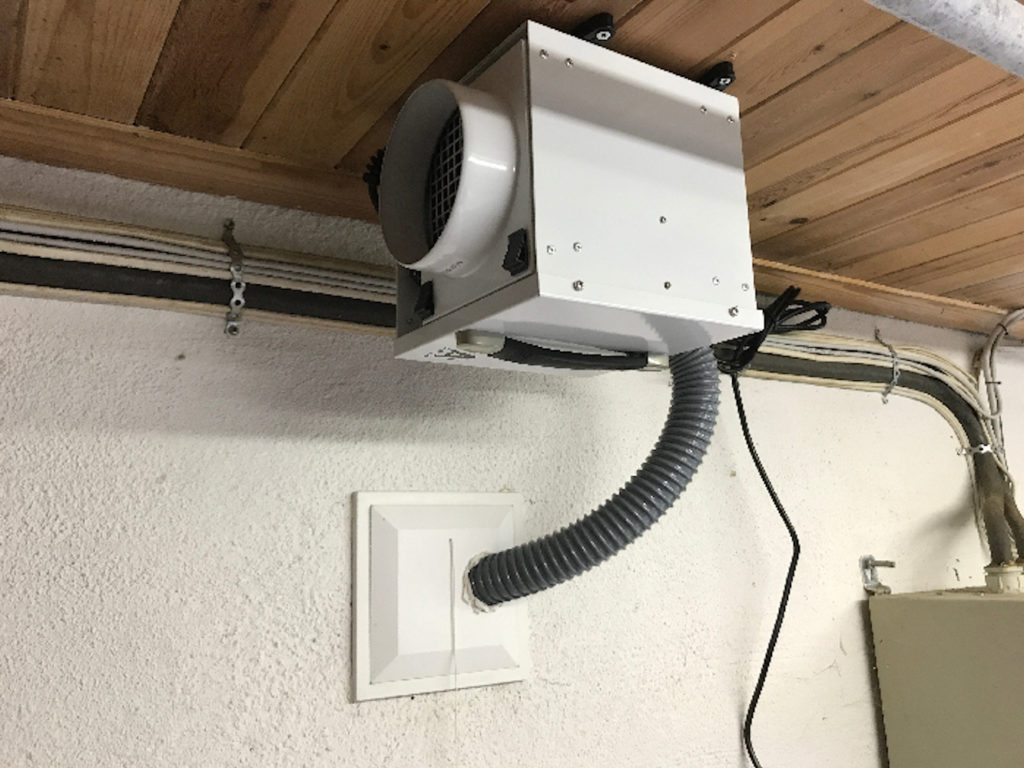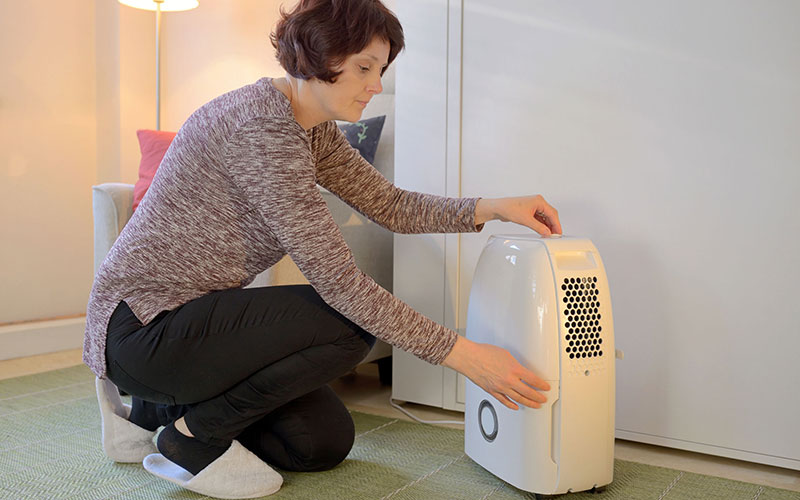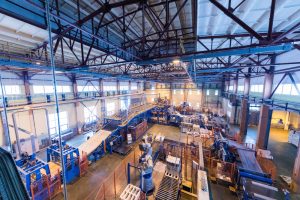Avoid high humidity with dehumidifiers
There is a phenomenon called saturated air, which, when not treated in closed areas, leads to structural and health problems. This is often the point of origin for a sick building syndrome, and unfortunately, it goes unnoticed even by professionals who do not diagnose promptly. The experts in structures and health are the ones who usually must give that correct diagnosis, about a bad microclimate inside any building.
 Basements or storage rooms places usually intended for the storage of multiple objects -most of them unused-, are favorite areas for atmospheric saturation and the subsequent creation of microorganisms, which, if not treated, will permeate into other rooms, even adhering to pipes. or central air conditioning ducts, being an obvious danger for everyone. For this reason, the inclusion of desiccant mechanisms is a clear priority.
Basements or storage rooms places usually intended for the storage of multiple objects -most of them unused-, are favorite areas for atmospheric saturation and the subsequent creation of microorganisms, which, if not treated, will permeate into other rooms, even adhering to pipes. or central air conditioning ducts, being an obvious danger for everyone. For this reason, the inclusion of desiccant mechanisms is a clear priority.
The rate or speed of condensation will vary from one place to another, with the most affected places being those where favorable climatic conditions arise to promote said condition. For example, if rain filters through holes leading to basements or underground places, the water will stagnate and form condensation, attracting mosquitoes and microorganisms. This is dangerous because we know the diseases that mosquitoes are capable of carrying, such as Zika, dengue, and chikungunya, to mention the most reliable examples.
The rate of condensation will also precede groundwater running under certain structures in specific regions, creating a systematic problem in any structure located in such locations. The same goes for buildings whose concrete has just been set, so the installation of dehumidifiers during and after construction will be essential.
It is always necessary to remember the natural and intrinsic relationship between temperature and humidity,  and how these affect the interstitial behavior of a room. For example, in an area with low temperature, the air will have less capacity to retain moisture, so when warm and humid air enters from outside, the phenomenon of condensation will occur, this condition being problematic for many homes and even industrial areas with specific activities, where different thermal and humid ranges conglomerate and fluctuate.
and how these affect the interstitial behavior of a room. For example, in an area with low temperature, the air will have less capacity to retain moisture, so when warm and humid air enters from outside, the phenomenon of condensation will occur, this condition being problematic for many homes and even industrial areas with specific activities, where different thermal and humid ranges conglomerate and fluctuate.
An industrial desiccant serves to keep these conditions at bay so that they do not directly affect manufacturing operations and product/material storage.
Symptoms of a sick building with high atmospheric saturation conditions
- The smell would be a normal alert to know the level of humidity in a room. Sometimes it is very noticeable, that it seems like a stench spreading over an entire area. Therefore, it is necessary to check the points where there could be water stains, both on the floor, walls, and ceilings.
- Mold. The toxins from these microorganisms are often noticed when a person reacts to the toxins. To avoid this, it is recommended to place a good dehumidifier, directly where the problem is, and later, in a larger area so that it reaches a good range. Remember: dark and poorly ventilated areas are the most prone to high humidity and the subsequent appearance of fungi. It is essential to treat this problem before the microorganisms spread to other rooms.

- Condensation. Occurring mostly in pipes, windows, and doors. This could become a major problem because it directly affects the waterproofing of building materials and insulation for doors and windows. Generally, these situations are avoided with vapor barriers, and with the help of dehumidification systems, it would be a foolproof combo against condensation.
- Damaged objects. Unfortunately, a visible symptom of barely noticing the presence of high atmospheric saturation in a place is the impact on products or precious materials in the home or warehouse. Deterioration is noted, where metallic objects adopt oxidation; wooden ones will swell or crack; leather garments and fabrics will get moisture stains, and in the worst case, mold.
The dehumidifier is the most convenient ally to combat these unfavorable atmospheric conditions, invariably from the perceived temperature, because that is what they are made for, to balance thermal issues, with the balance of humidity.





